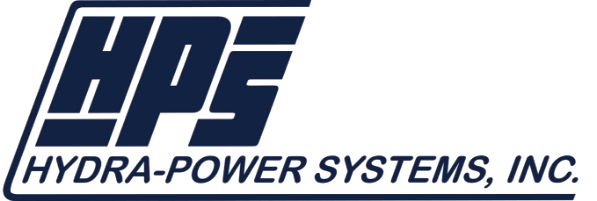Power Take-Off systems—often referred to simply as PTO systems—serve as the unsung heroes of modern machinery. These mechanisms transfer power from engines to auxiliary equipment, enabling tractors, trucks, and industrial machines to operate with unmatched efficiency.
Imagine a tractor powering a baler on a farm or a truck driving a hydraulic pump at a construction site. PTO systems make such versatility possible. This guide will help you navigate the intricacies of PTO systems, ensuring you can select and maintain the right solution for your needs.
What Are PTO Systems?
At their core, PTO systems are mechanical devices that allow an engine to power external equipment. They serve as vital components in industries like agriculture, construction, and transportation. Farmers use PTO systems to operate implements like mowers and spreaders, while construction teams rely on them for tasks like driving mixers or cranes.
The beauty of PTO systems lies in their adaptability. A single engine can perform a multitude of tasks, saving both time and resources. It’s no wonder these systems are considered indispensable across various sectors.
Types of PTO Systems
Not all PTO systems are created equal. They come in different forms to suit specific applications:
- Mechanical PTO Systems: These are the simplest and most traditional type, commonly found in agricultural machinery. They’re reliable but require precise alignment and regular maintenance.
- Hydraulic PTO Systems: Using hydraulic fluid to transfer power, these systems are ideal for applications requiring high torque. They’re often seen in construction and heavy-duty equipment.
- Electric PTO Systems: The newest player in the field, electric PTOs are gaining traction due to their energy efficiency and minimal maintenance needs. They’re particularly useful in emerging sectors focusing on sustainability.
Choosing the right type depends on your specific needs, such as power requirements and operational context.
Key Considerations When Choosing a PTO System
Selecting the perfect PTO system requires a mix of technical understanding and strategic planning. Here are a few essential factors to weigh:
Compatibility: Ensure the system matches your machinery’s specifications.
- Power Requirements: Determine the horsepower needed for your tasks.
- Maintenance Demands: Assess the long-term costs and effort involved.
- Environmental Impact: Opt for systems that align with modern sustainability goals, such as lower emissions and higher energy efficiency.
Making an informed decision can significantly enhance your operational efficiency while avoiding unnecessary headaches down the road.
Best Practices for Maintaining PTO Systems
Maintenance is vital for extending the lifespan and reliability of PTO systems. Regular inspections can help you catch minor issues before they escalate. For example:
- Lubrication: Keep moving parts well-lubricated to minimize wear and tear.
- Alignment Checks: Misaligned shafts can lead to severe damage and costly repairs.
- Timely Repairs: Address issues like worn seals or damaged components promptly to avoid system failure.
Following these practices ensures your PTO system remains a reliable partner in your operations.
The Future of PTO Systems
Innovation in PTO technology is paving the way for smarter and more efficient solutions. Imagine a PTO system integrated with IoT sensors, providing real-time diagnostics and performance data. Electric and hybrid PTO systems are also emerging as eco-friendly alternatives, aligning with global efforts to reduce carbon footprints.
As technology advances, PTO systems will continue to evolve, offering enhanced functionality and greater sustainability. Staying ahead of these trends could give your business a competitive edge.
How to Get Started with PTO Systems
Embarking on your PTO journey starts with a clear assessment of your needs. Consulting with professionals—like those at Hydra-Power Systems—can help you identify the ideal system.
PTO systems are pivotal to the efficiency and adaptability of modern machinery. From driving productivity to embracing sustainability, these systems offer immense value. Now is the time to evaluate your needs, explore innovative options, and invest in a solution that propels your operations forward.
Ready to make the leap? Connect with the experts and discover how a well-chosen PTO system can revolutionize your workflow.

